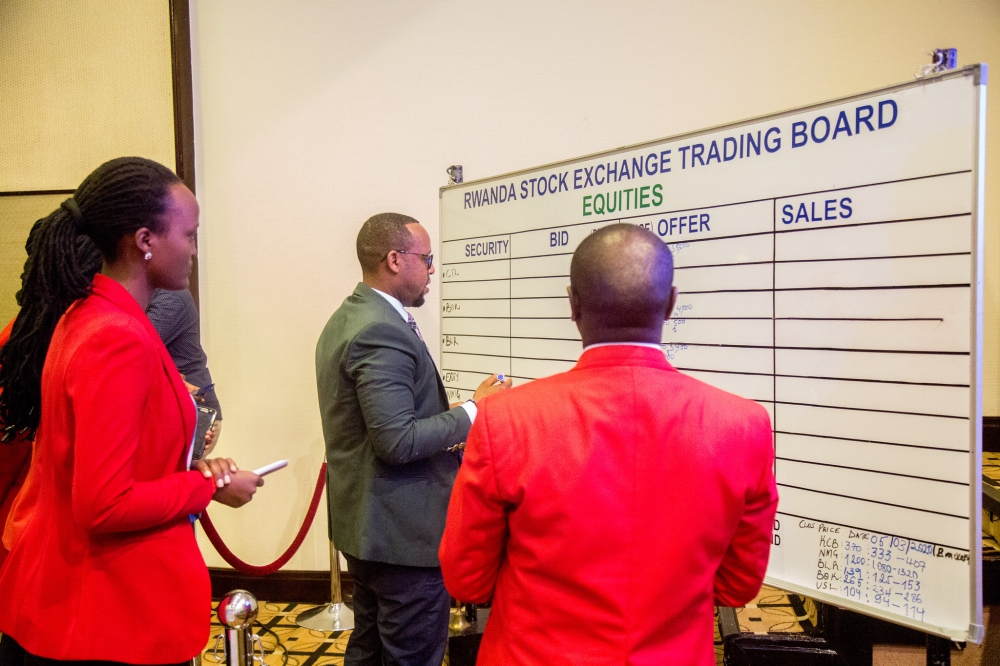The major challenge Small and Medium Enterprises (SME) face is considered to be limited access to affordable credit over a reasonable period, largely a direct result of lack of collateral to pledge to financial institutions.

The major challenge Small and Medium Enterprises (SME) face is considered to be limited access to affordable credit over a reasonable period, largely a direct result of lack of collateral to pledge to financial institutions.
And moreover if Rwanda’s vision of a middle income economy by 2020 is to be realised, the SME sector, currently estimated to account for over 90 percent of Rwandan populations needs a big boost through the creation of a good macroeconomic environment.
Government knows this very well and considers SMEs as a key pillar to the country’s vision 2020, expecting them (SMEs) to drive the country’s GDP per capita to $900 by the same year.
The lack of access to cheap financing is largely influenced by business financing needs which reflect their operational requirements.
It has also been argued that this depends on the action of investors themselves, their risk perception and the attractiveness of alternative investment.
Therefore major financing institutions (commercial banks) in the country perceive SMEs as very risky clients. This is reflected by a big chunk of loans which go to big corporate companies.
However most of the challenges stem from poor management and lack of visionary leadership in business. If management has a clear vision and is able to recruit, train and retain skilled manpower, then there is no dearth of growth opportunities.
With the human challenge, SMEs need to become involved with suppliers and engage in innovative training programmes. But this requires partnership with the public sector.
This will increase organisational performance and profitability which I believe lending institutions will consider in making a decision on the loan request. It also attracts equity from investors who usually look for growing businesses to invest in.
Ends




